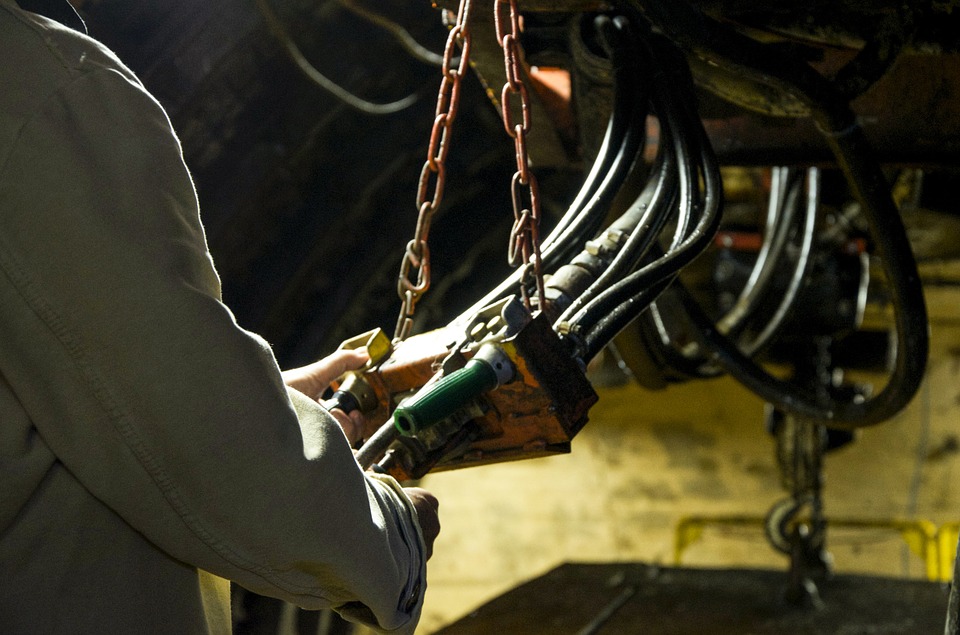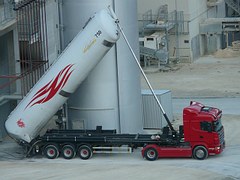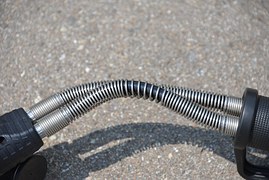Noise Control in the Hydraulic Systems

Leaks in the hydraulic systems are common this is despite the advances in technology which have eliminated the same. The hydraulics is affected by what is referred to as noise. The noise that comes from these hydraulic systems cannot be removed, but certain techniques and products can be applied to bring down the noise to the acceptable level. The hydraulic design determine the noise levels in a given system. The noise reduction method is however not a simple task, it is a complex task that needs a massive investment regarding money, effort and time.
Critical information
Sources of noise
So what are the sources of noise in the hydraulic systems? The greatest contributor to noise in the hydraulic system is the source of power. The Noise from the hydraulic systems does not only come from the pump and the electric motor but also the pressure fluctuations in the hydraulic fluids and its components. The noise from the hydraulic system results from the physical vibrations or the pressure changes.
is the source of power. The Noise from the hydraulic systems does not only come from the pump and the electric motor but also the pressure fluctuations in the hydraulic fluids and its components. The noise from the hydraulic system results from the physical vibrations or the pressure changes.
Transmitting the vibration of the pump motor assembly to the reservoir can lead to the transformation of the physical vibration into sound. This is the same way the loudspeaker transforms the electromagnetic waves into sound.
Electric motor
This is the primary source of noise on the hydraulic systems. Almost all the hydraulic systems have the electric motor. The noise usually comes from the different parts of the electric motor like the fan, stator assembly, and the rotor.
A standard electric motor contains a fan with the blades that are designed to provide the cooling effect whether the motor shaft rotates counter-clockwise or clockwise. A fan that is designed to rotate in one direction usually generates less noise.
Pump
The pump noise is another primary contributor of noise in the hydraulic system. This usually comes from the sliding and rolling of the various elements in the system. There are some of these parts that have been housed in the metal housings which also contribute to the transmission of noise to the outside environment.
The pump is always coupled to an electric motor which means that the noise control that involves the treating of the pump motor is treated as a combination. This technique makes use of the liquid to dampen the sound waves as it acts as a buffer, this is usually between the pump and the motor housing.
Valves
 Last but not least, noise in the hydraulic systems comes from the pipes. They have different valves at various places that are intended to control the flow of the fluids.
Last but not least, noise in the hydraulic systems comes from the pipes. They have different valves at various places that are intended to control the flow of the fluids.
The purpose is to regulate the fluids that are traveling at a high velocity which enables them to drop in pressure.

